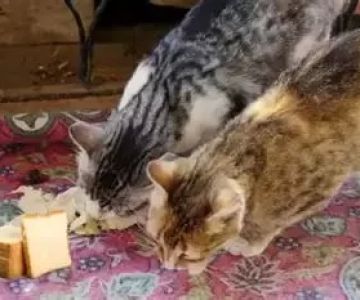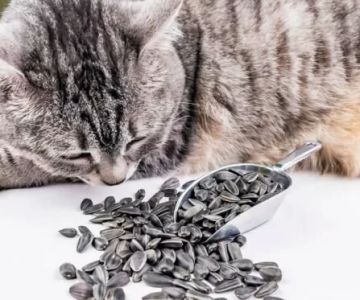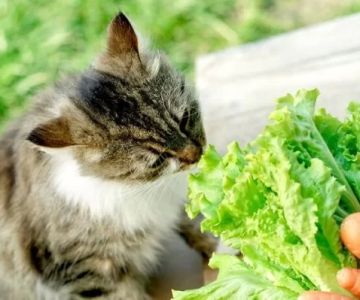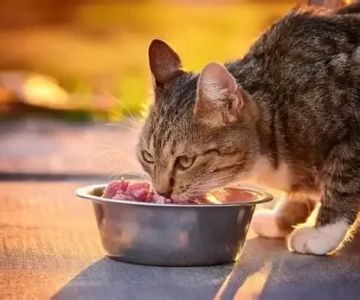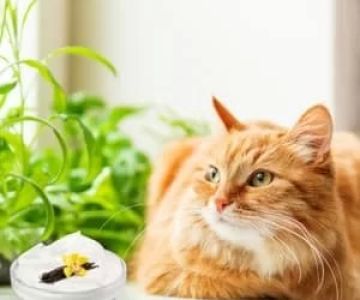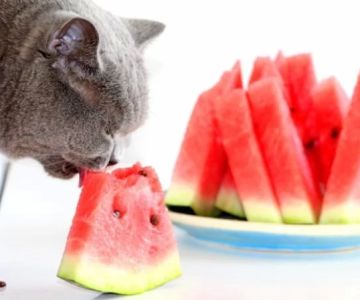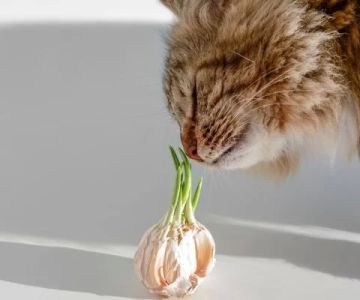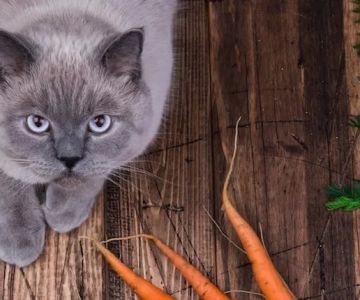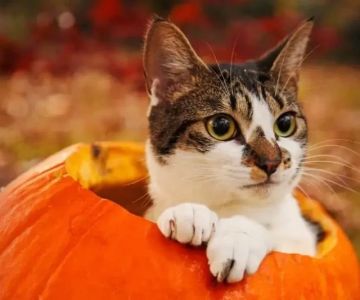Understanding Constipation in Cats: A Personal Journey
As a cat owner, I understand how distressing it can be to watch your beloved pet suffer from constipation. At first, I didn’t think much of it when my cat, Whiskers, seemed to be having occasional difficulty using the litter box. But over time, I began to notice a pattern—she was straining and spending much longer than usual trying to go. After some research and a visit to the vet, I learned that constipation is a common problem for cats, but it’s one that can be managed with the right diet and care.
What Causes Constipation in Cats?
Constipation in cats can be caused by various factors, including dehydration, lack of fiber, stress, or even an underlying medical condition. As a pet parent, it's essential to keep an eye on your cat’s behavior and make adjustments to their diet to help prevent this uncomfortable condition. One of the most effective solutions is incorporating high-fiber cat food into their meals, which can help regulate their digestive system and relieve constipation.
How Fiber Helps Relieve Cat Constipation
Fiber plays a crucial role in your cat’s digestive health. Just like us, cats need fiber to maintain a healthy gut. Fiber helps absorb water into the stool, making it softer and easier to pass. It also helps to bulk up the stool, encouraging more regular bowel movements. In my experience, introducing fiber-rich foods into Whiskers’ diet worked wonders. Not only did it help her pass stools more easily, but it also improved her overall digestive health.
Choosing the Best High-Fiber Cat Food
With so many options available, selecting the right high-fiber cat food for constipation can feel overwhelming. However, after trying a few different brands and formulas, I’ve found that some work better than others. Here’s a guide to help you make an informed decision when choosing the best food for your cat.
1. Look for Fiber-Rich Ingredients
When choosing cat food, check the ingredient list for high-quality sources of fiber, such as pumpkin, sweet potatoes, and psyllium husk. These ingredients are known for their ability to aid in digestion and provide the necessary fiber to prevent constipation.
2. Select Wet Food for Hydration
Hydration is key to preventing constipation in cats. Wet food is a great choice because it has a higher moisture content than dry food, which can help keep your cat’s digestive system functioning properly. If your cat struggles with constipation, try switching to a high-fiber wet food formula.
3. Choose Food with Prebiotics and Probiotics
Prebiotics and probiotics are beneficial for your cat’s gut health. Prebiotics feed the healthy bacteria in the gut, while probiotics help maintain a balanced intestinal flora. Including food with these ingredients can improve your cat's digestion and prevent future constipation episodes.
Recommended High-Fiber Cat Foods for Constipation
After extensive trial and error, I have compiled a list of the best high-fiber cat foods that worked for Whiskers and many other cats I’ve encountered. These foods not only helped manage constipation but also improved her overall health and energy levels.
1. Hill’s Science Diet Adult Sensitive Stomach & Skin Chicken Recipe
Hill’s Science Diet is known for creating high-quality, scientifically formulated foods for cats. Their Sensitive Stomach & Skin Chicken Recipe contains a blend of fiber-rich ingredients and prebiotics, making it a top choice for cats suffering from constipation. The formula is easy on the stomach, helps with digestion, and promotes a healthy coat.
2. Royal Canin Fiber Response Dry Cat Food
Royal Canin's Fiber Response formula is specifically designed for cats with digestive issues. It contains a unique blend of fibers, including beet pulp, which promotes healthy digestion and reduces the chances of constipation. This food is a favorite among many cat owners for its ability to regulate stool consistency and promote a healthy gut.
3. Natural Balance L.I.D. Limited Ingredient Diets Green Pea & Duck Formula
For cats with sensitive stomachs or food allergies, Natural Balance’s Limited Ingredient Diets offer a high-fiber option that helps regulate bowel movements. It features a single source of animal protein—duck—and fiber-rich peas that promote digestive health and reduce the risk of constipation.
Tips for Managing Constipation in Cats
Aside from switching to a high-fiber diet, there are a few other tips that can help manage constipation in cats:
1. Increase Water Intake
Encourage your cat to drink more water by providing a fresh bowl of water daily or using a cat water fountain. You can also mix wet food into their diet to boost hydration levels.
2. Regular Exercise
Keeping your cat active with regular play sessions can help stimulate their digestive system. Exercise encourages healthy bowel movements and can prevent constipation from becoming a recurring issue.
3. Monitor Litter Box Behavior
Pay attention to your cat’s litter box habits. If they are spending an unusually long time in the litter box, straining, or showing signs of discomfort, it’s a good indication that they may be constipated. Early intervention can help prevent the problem from worsening.
Conclusion
In my experience, providing a high-fiber diet is one of the most effective ways to manage and prevent constipation in cats. By choosing the right food and making a few lifestyle adjustments, you can help your feline friend live a healthier and more comfortable life. If your cat continues to experience constipation despite dietary changes, I recommend consulting a veterinarian for further guidance.



